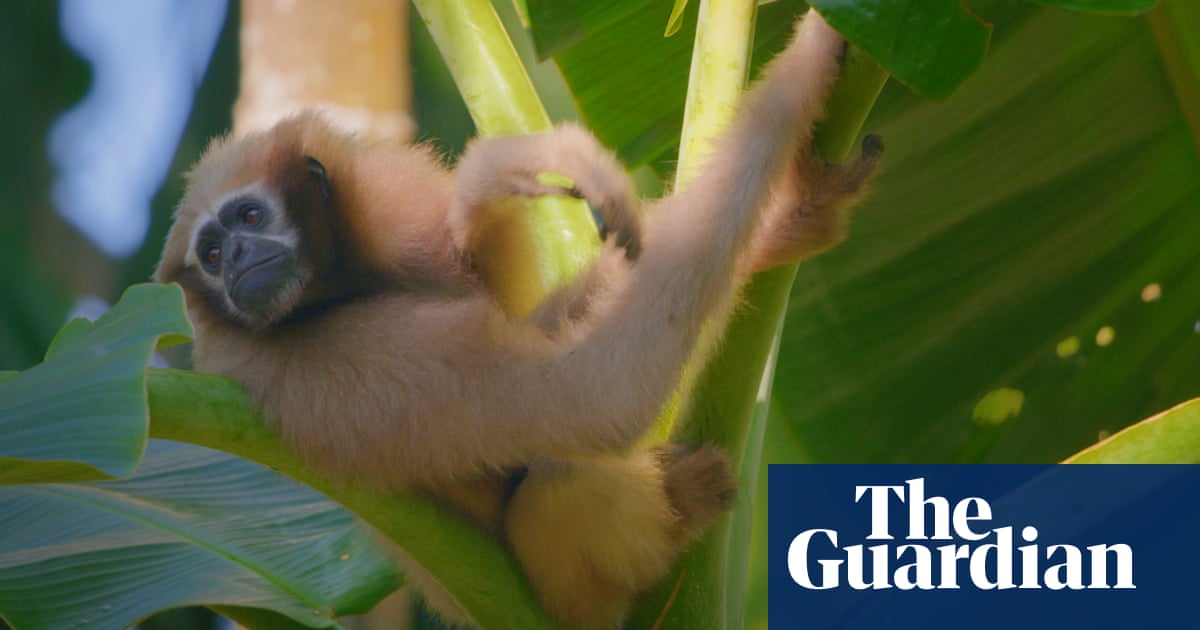The grey wolf (Canis lupus) has generated fear and hatred. Seen as a danger to livestock and people, the once widespread predator was nearly completely eradicated from western Europe and most of the contiguous US in the 19th and 20th centuries. Pro- and anti-wolf groups now duel over how the species should be managed as populations have rebounded in places over the past few decades. American wildlife biologist Diane Boyd, 69, has spent 40 years studying the recovery of wild wolf populations in remote north-western Montana and Glacier national park. When she started in the late 1970s on the University of Montanaâs Wolf Ecology Project (WEP) â which she later co-led â she was the only female biologist in the US trapping, radio-collaring and following their trails through the snow for research. Boydâs new memoir, A Woman Among Wolves, charts her lifeâs work with the animals and looks at the challenges of wolf management across the world today.
What is it about wolves that drew you in?
I grew up in Minnesota, the only state in the lower 48, along with a tiny part of Michigan, where wolves hadnât been completely extirpated. They were denizens of the wilderness that nobody saw and that fascinated me. They are clever, beautiful and interesting animals. The parallels between wolf and human society are intriguing â like us, they are social, live in family groups and defend their homes. I have also always been a dog person: a dog is kind of a dumbed down version of a wolf.
The successful reintroduction of wolves to Yellowstone national park and central Idaho in 1995 is celebrated as a great wildlife conservation achievement. But what is the untold story?
That wolf recovery has been natural, too. Americans, along with the rest of the world, tend to think of wolves as all reintroduced and that reintroduction is the only way they become re-established: that is wrong. About 15 years prior to the Yellowstone and Idaho reintroductions, and just a few years after they had received federal endangered species status [granted in 1974], they walked down from Canada into north-western Montana and Glacier national park without any help or fanfare. And they began to filter out. The approximately 3,000 wild wolves in the western US today are, in part, because of that natural recolonisation.
Is reintroduction worthwhile, or should we let wolves just return naturally?
It is complicated. The advantage of reintroduction is it jump starts the process. The disadvantage is that wolves that are reintroduced can be resented by people: theyâre not seen as native or natural any more, which leads to potentially less tolerance and therefore longevity for them.
An amazing piece of the wolf recovery puzzle is how, enabled by legal protection, wolves have so successfully recolonised western Europe on their own (nowhere in Europe has there been any reintroductions), squeezing into human-dominated landscapes and surviving. Germany, Denmark and even the heavily farmed Netherlands have all become home.
How would a typical year studying the wolves unfold?
Summer was trapping and radio-collaring. It is your classic, ugly, cold, steel foothold trap and it holds the animal against their will by their paw. The chance of success is low but you persist. I rebuilt the traps with modified parts to make them more humane and selective for wolves and we checked them often to minimise the time an animal was held. To fit the radio-collar, we would first tranquilise the wolf â I had a custom-made jab stick â and then wait nearby until it woke up.
Winter was tracking our animals with radio telemetry gear â both from the air (we hired a plane and skilled pilot) and from the ground on skis or snowmobiles. Following a wolfâs tracks in the snow is like reading a story. You can see where they stopped to sniff and pee, where they chased an animal and you learn their travel routes. We would also investigate wolf kills â skiing in after they left to determine what they had taken and its condition.
In spring, wolves den and we didnât bug them.
Youâve had some hair-raising encounters with all sorts of wild animals. Have you ever been bitten?
I came close with an adolescent wolf we named Ice. We caught her on a cold rainy day and she was hypothermic. We drugged her and a colleague and I lay her on our laps in the front seat of our truck with the heater and our bodies trying to warm her up. As her temperature normalised, I turned the heater down and, though the rest of her was completely still, her ear swivelled in the direction of the click. I thought: âOh my God, this wolf is fully awake.â I indicated silently to another colleague outside the truck to open the door. What happened next was a whirlwind: she leapt to her feet on top us. I grabbed her by the scruff and directed her snout away as she bit at the steering wheel and the air. My colleague pushed her rump and I fell out of the truck hanging on to her. We landed; she jumped up and ran away. All in the day of a life of a wolf biologist!
The Wolf Ecology Project ran over 15 years until 1995. What did it reveal about wolves that was new?
One of our most surprising findings, which hadnât been documented before â there werenât GPS collars then â was the distance wolves can travel: easily hundreds of miles within months. We would often get radio-collars returned from animals that had been shot huge distances away from their last signal or there would be a faraway sighting of a collared wolf. Our longest dispersal, Wolf 8551, was killed having travelled a straight-line distance of 540 miles north into Canada.
What does the future hold for wolves in the US and beyond? The species has been delisted as endangered in parts of the west â Montana, Idaho and Wyoming â and state-managed hunting outside of national parks is now allowed there. Meanwhile, the EU is undertaking a review of wolves conservation status after growing complaints from farmers whose livestock has become prey.
Those US states are required to maintain a population of 150 animals, but no more. And the new hunting laws they have adopted in the past few years are horribly archaic and torturous â allowing for wolves to be taken by virtually any method. In Europe, wolves have been well tolerated, but that has its limits. Wolves are resilient but ultimately their fate is up to us: they exist in the landscape at our whim. I hope we continue to protect them in enough areas that they will always be here.



